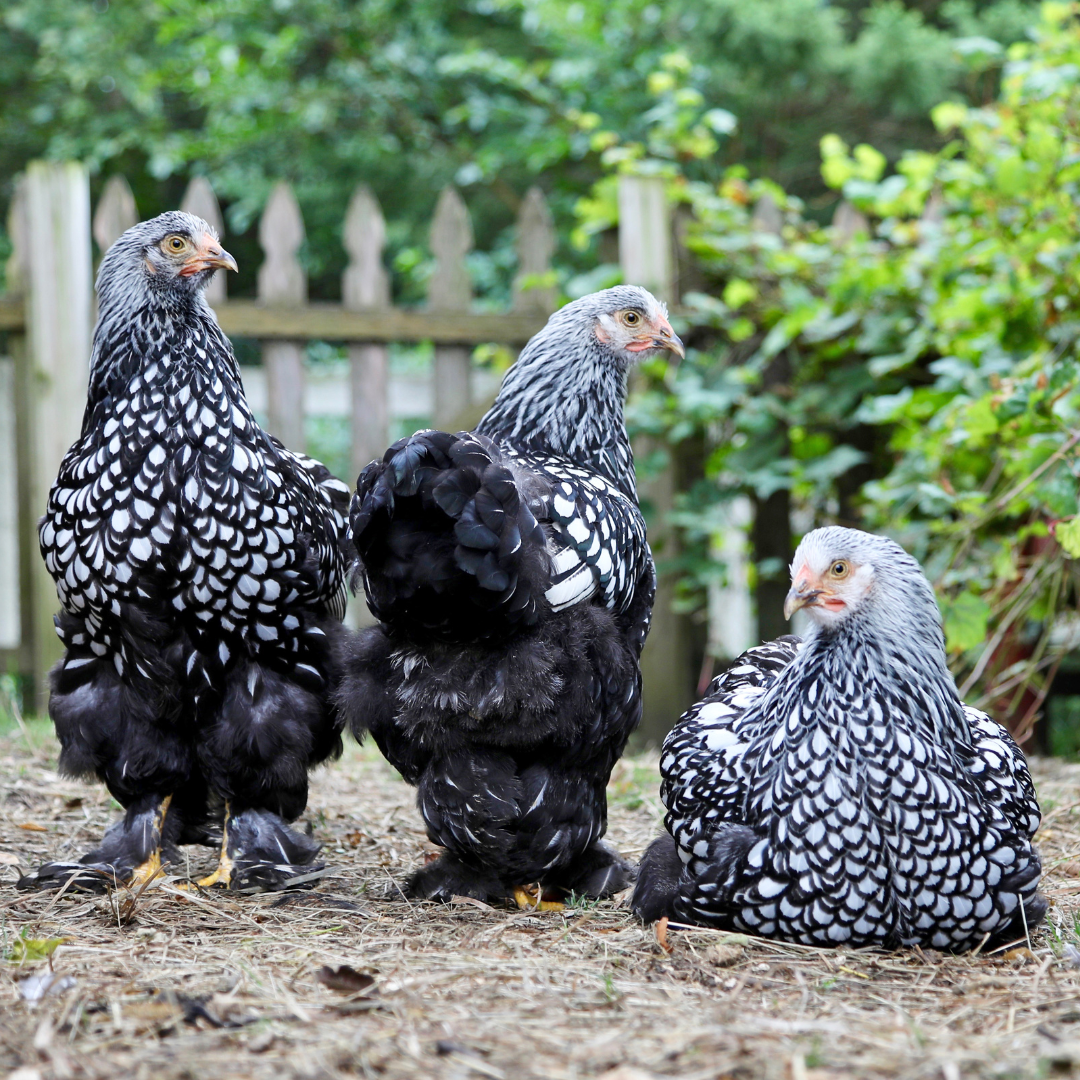Mention the word predator to a backyard flock owner and they’ll likely conjure mental images of a hungry raccoon, fox, or owl carrying off a favorite hen.
Mini predators? They’re the tiny wild animals that don’t directly kill chickens but filch expensive feed, make a mess, and possibly introduce diseases and parasites. Mice and House Sparrows are the major culprits, helped occasionally by starlings and rats.
It’s probably impossible to completely eliminate these hungry animals, but there are ways to keep their numbers down. The fewer sparrows and mice the safer the flock.

MICE and HOUSE SPARROWS
Several mouse species love chicken feed, but the most common is the Old World House Mouse. It has several traits common with House Sparrows (sometimes called English Sparrows).
Both are native to the Old World. Mice probably reached America as stowaways on old sailing ships traveling from Europe to America. Once the ship docked, mice eagerly moved to shore and eventually spread across America. House Sparrows arrived from Europe in a different way. They were deliberately imported and released in New York City in 1852 in an effort to control the linden moth. As prolific as mice, they also quickly fanned out across the continent.
House mice and House Sparrows almost always live close to people. They’re absent from the deep woods, big prairies, and wilderness areas but often are amazingly common in and around barns, houses, sheds, and chicken coops. They also enjoy city life. Both the bird and rodent love dining on chicken feed and any sort of grain. Sparrows work the day shift eating and pooping around the coop, while mice mostly work the night shift doing the same things. Together they can eat lots of expensive feed and potentially introduce lethal diseases or parasites.
Reducing Mini Predator Numbers in the Run and Coop
It’s probably impossible to completely eliminate these animals but taking simple measures will reduce their numbers and save expensive feed. It also reduces the odds of them bringing parasites and diseases to the coop. Here are some ways to discourage these mini pests:.
- Store feed in metal containers with tight fitting lids. Metal garbage cans work well.
- Avoid scattering feed in the run, as sparrows will filch some of it.
- Only scatter as much seed in the coop as the chickens can eat in a short time.
- Use metal hanging feeders inside the coop to make access difficult for mice but easy for chickens. Well designed feeders don’t let chickens scatter feed on the coop floor where mice can reach it.
- Install screens over coop windows to keep sparrows out.
- Keep everything tidy and clean. Mice and sparrows love clutter.
- Maintain an active mouse trap line. Simple inexpensive snap type mouse traps work well. Set them in the coop but keep them inaccessible to chickens.
- Keep wild bird feeders as far away from chickens as possible and only give the chickadees and cardinals as much food as they can eat in a day.

Replacing Shrubs in the Run with Chicken Ramadas
House sparrows roost in shrubs and tree branches. If these are inside the run sparrow poop rains down to the ground right where chickens like to rest in the shade on hot days. It may contain bacteria and viruses.
Overhead protection from the hot sun and raptors is important. Pallet ramadas can provide it without attracting sparrows. A pallet ramada is an easy to make an inexpensive “table” that provides shade and protection from raptors without attracting sparrows.
Making a Pallet Ramada
About two billion wooden pallets are in circulation in the United States. Many get reused but thousands are tossed out after one use and are free for the taking.
Often they’re piled near dumpsters behind stores and in industrial areas. Almost always the company enthusiastically gives permission to take a few following a pleasant ask. .
Most pallets have information stamped on them in code. It’s easily decoded by accessing universalpallets.com. Codes reveal the country of origin, but most important is the stamped letters “HT”. This means the pallets were heated in massive ovens to kill any animal or plant pest hiding in the wood. They are safe to handle. Occasionally a pallet will be marked “MB” meaning it’ treated with toxic chemicals. Leave it alone.
Pick up two pallets. One will serve as the pallet ramada. Disassemble the other one and save the 2X4’s to use as ramada legs. The rest makes handy kindling for starting a campfire.
Tools needed:
- hammer and crowbar to disassemble one pallet
- Tape measure
- Hand or power saw to cut the legs to size.
- Power drill and screws to attach legs to the pallet.
- About 20 3” screws. A hammer and nails can be substituted for a drill and screws.
Building the ramada:
- Cut the 2×4’s to 30”
- Flip the pallet over and screw or nail a leg on each corner.
- Place the completed ramada in the chicken run where chickens can rest beneath it protected from the hot sun and overhead predators.
Sparrows, mice, and some other wild animals could bring diseases and parasites to a backyard chicken flock. Making the run and coop as inhospitable as possible to these mini predators helps keep chickens safe.